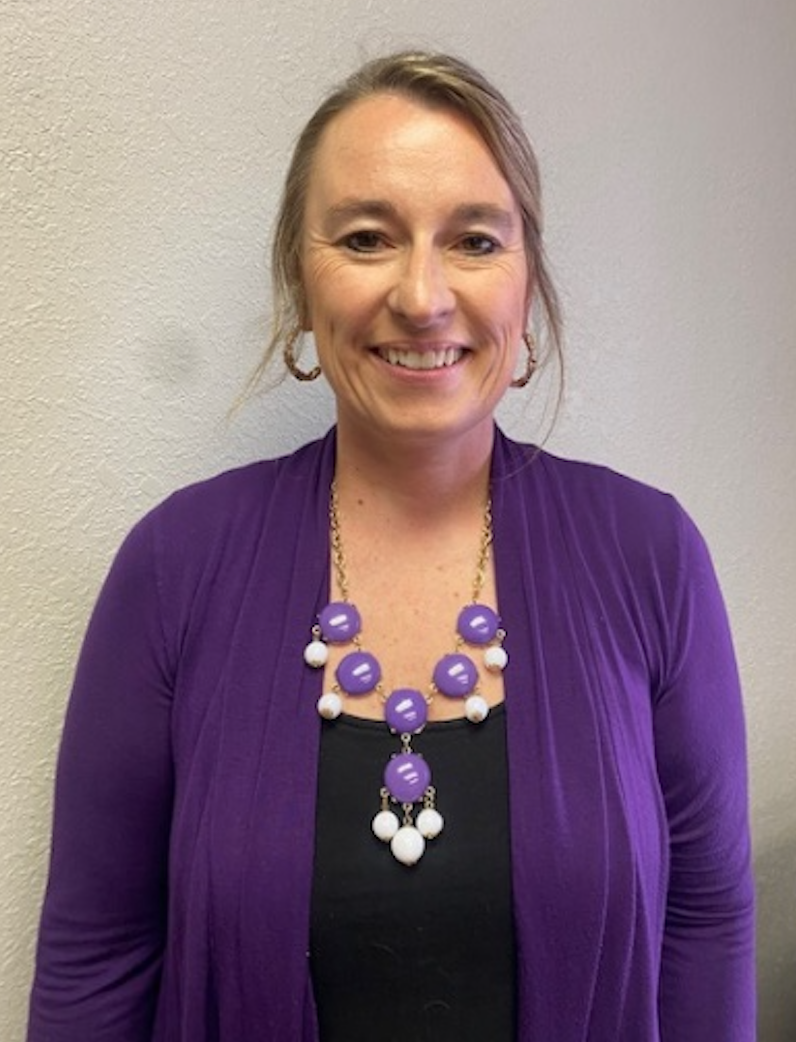
September is National Food Safety Education month. Every year, according to the Centers for Disease Control and Prevention (CDC), about 1 in 6 people get sick, 128,000 are hospitalized and 3,000 die from eating contaminated food. Getting sick is never fun and is usually quite an inconvenience. What can you do at home to help prevent getting sick? The Partnership for Food Safety Education breaks it down into four easy steps: Clean, Separate, Cook, and Chill.
The first step is clean. Wash hands and surfaces often. We have heard it so many times but washing hands really does cut down on all types of illnesses including foodborne illnesses. Keep counter tops and other kitchen surfaces clean. How often do you clean out your refrigerator? Yep, that needs to be cleaned regularly also! After wiping the dirt off countertops, surfaces should be sanitized with a solution of one tablespoon bleach and one gallon of water. Cutting boards should also be washed in between preparing each food. Also remember to wash your produce under running water before eating or peeling them to prevent the spread of bacteria.
Step two is to separate. Be careful not to cross-contaminate. Separate raw meat, poultry, seafood and eggs from other foods in your grocery cart, grocery bags, and refrigerator. Use different cutting boards and utensils for each type of food and never place cooked food on a plate that had raw meat on it. If you marinate foods be sure and boil the marinade before using it on cooked foods.
Step three is to cook meats to an internal temperature of at least 145 degrees and 160 degrees for ground meat where contamination is more likely. Poultry should be cooked to 165 degrees. Color is not a reliable indicator. Use a food thermometer that has been properly calibrated. Check the thickest part of the meat. Raw eggs can be a source of contamination. When using a microwave to heat up foods again use your food thermometer to check the temperature.
Finally, step four is to chill leftovers quickly as possibly to prevent the growth of bacteria. Keep the refrigerator at 40 degrees or less. Do not let foods set at room temperature for more than two hours. Do not thaw food at room temperature. To thaw foods, use one of three methods: in the refrigerator, in cold water, or in the microwave. Cook food immediately when defrosting in water or the microwave.
Monique Koerner is the Family and Community Wellness Agent with K-State Research and Extension – Cottonwood District. You may reach her at: 785-628-9430 or moniquek@ksu.edu. K-State Research & Extension is an equal opportunity provider and employer.




